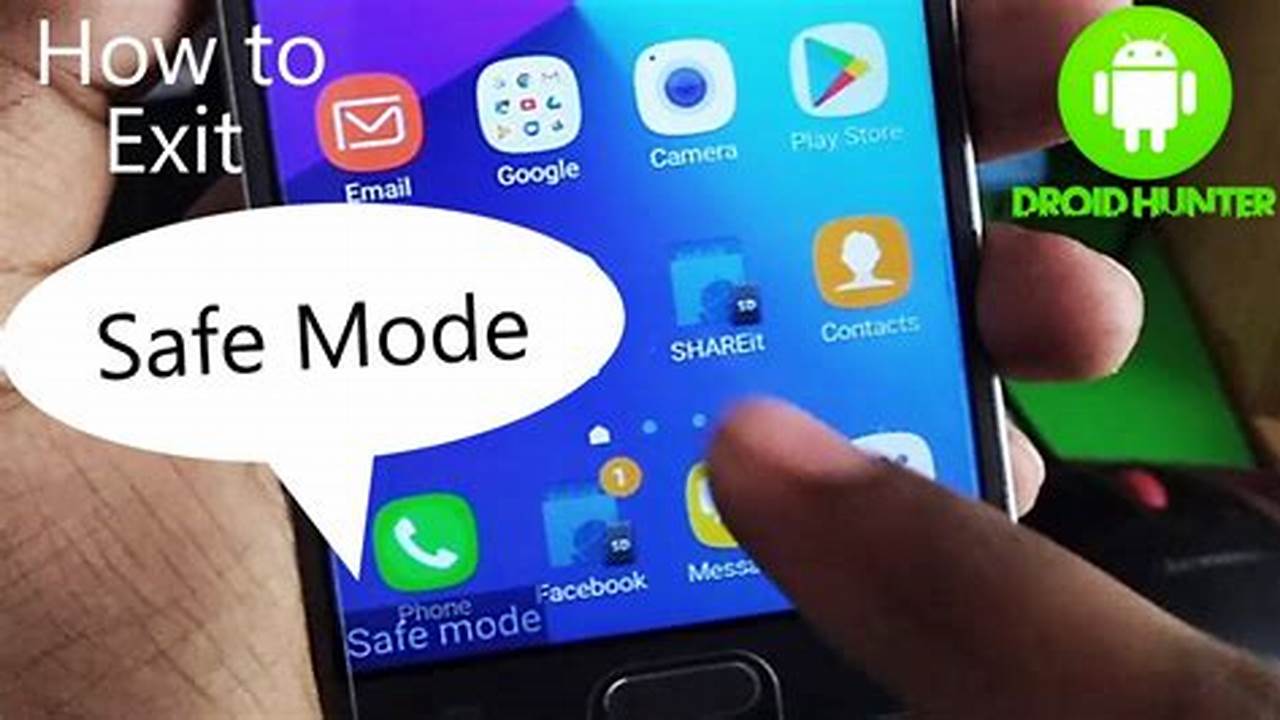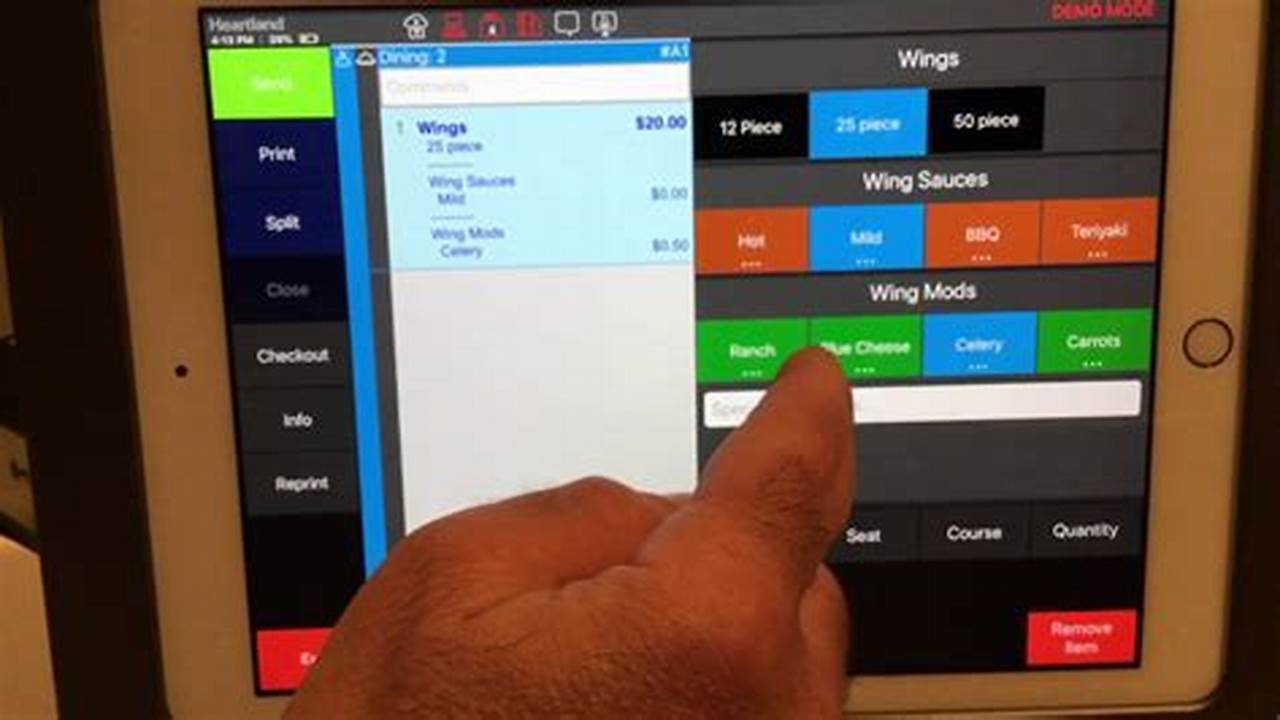
How to Beat Hard Mode Swarm is a comprehensive guide that provides strategies and tips on how to defeat the challenging Hard Mode Swarm game mode in a video game. This guide is designed to help players overcome the unique challenges posed by the Hard Mode difficulty, allowing them to succeed in this demanding game mode.
The importance of this guide lies in the fact that Hard Mode Swarm is widely regarded as one of the most difficult challenges in the game. By providing clear and concise instructions, this guide empowers players to tackle this challenge with confidence and emerge victorious. Additionally, the guide offers valuable insights into the game’s mechanics, helping players develop a deeper understanding of the game and improve their overall skills.






